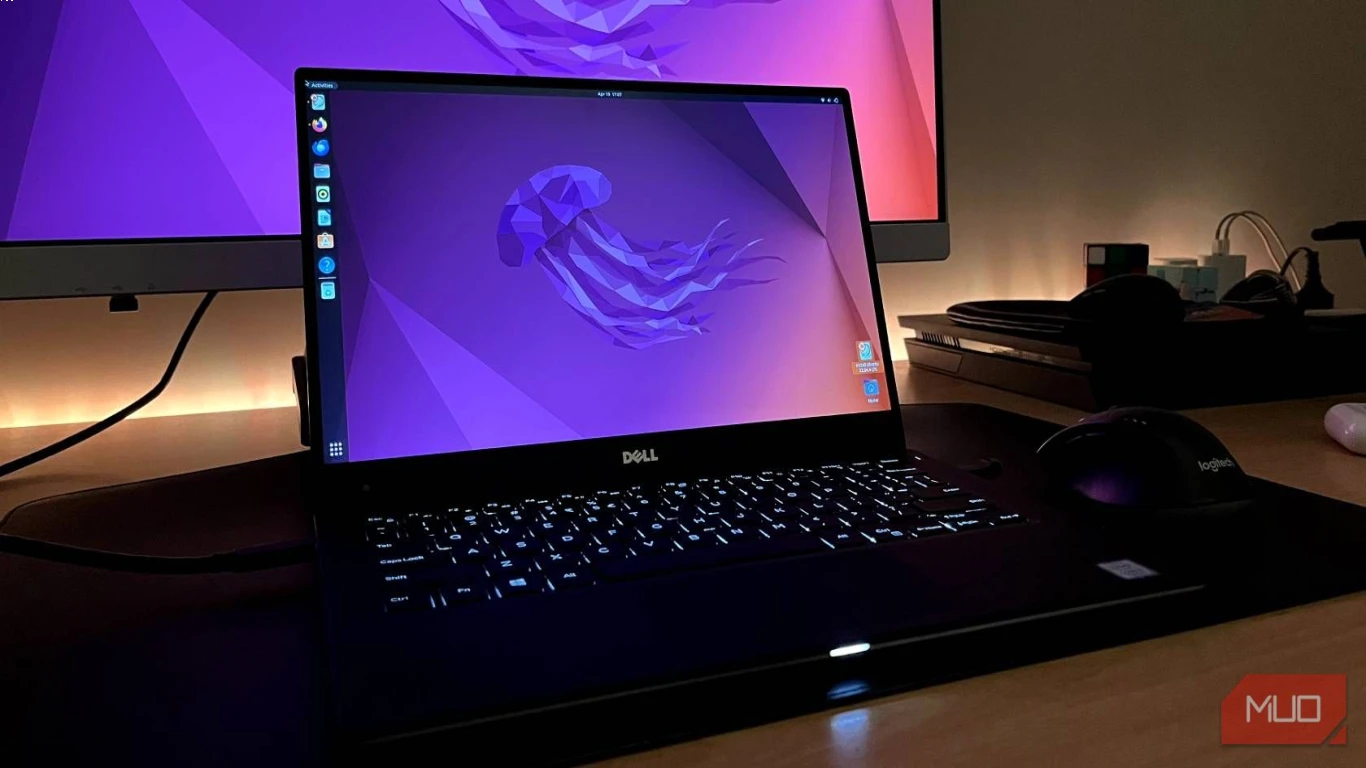How to Use Ubuntu on a Laptop
How to Use Ubuntu on a Laptop: A Beginner's Guide
So, you've got a laptop and you're eager to explore the world of Linux with Ubuntu? Awesome choice! Ubuntu's user-friendly interface makes it the perfect operating system for Linux newbies and pros alike. But where do you start? Let me guide you through it all, from installation to customization, so you can become a full-fledged Ubuntu pro in no time.
What is Ubuntu? Understanding the Basics
Before we dive in, it's essential to understand what Ubuntu actually is. Developed by Canonical, it's a free and open-source Linux distribution. It's known for its focus on usability and accessibility, making it more approachable than other Linux distros.
Preparing Your Laptop for Ubuntu: What You Need to Know
Before installing Ubuntu, you'll need to check your laptop's specifications. Lucky for you, Ubuntu doesn't demand much. The basic requirements include:
- A laptop with at least 2 GB of RAM
- At least 25 GB of free hard disk space
- A USB drive or DVD for installation
How to Create a Bootable USB for Installing Ubuntu
Creating a bootable USB is your first step towards a seamless Ubuntu experience. Grab a USB with at least 4 GB of space, download the Ubuntu ISO file from the official website, and use software like Rufus or UNetbootin to flash the ISO onto your USB.
Installing Ubuntu on Your Laptop: Step-by-Step Guide
Now that you've got your bootable USB ready, let's install Ubuntu on your laptop:
- Insert the bootable USB into your laptop.
- Restart your laptop and enter the boot menu (usually by pressing F2, F12, ESC, or Delete during startup).
- Select the USB drive as the boot source.
- Choose "Install Ubuntu" from the startup menu.
- Follow the installation prompts, setting your language, keyboard layout, and network preferences.
- Decide whether to install Ubuntu alongside your existing OS or erase the disk for a fresh install.
Setting Up Your Ubuntu User Account
During the installation, you'll be prompted to set up your user account. Choose a strong password and make a memorable username. This account will be your login for Ubuntu, so make sure it's something easy for you to remember.
Exploring the Ubuntu Desktop: What You’ll See First
Once logged in, you'll be greeted by the Ubuntu desktop environment. The clean and sleek interface includes:
- The Launcher: Your quick access bar on the left side.
- The Top Bar: Housing the system menu, clock, and session options.
- The Dash: Accessed by clicking the Ubuntu logo, it's where you can search and open applications.
Essential Ubuntu Applications and Software
Ubuntu comes preloaded with essential applications like:
- Firefox web browser
- LibreOffice suite
- Thunderbird email client
But wait, there's more! Access the Ubuntu Software Center to find a plethora of additional applications for productivity, development, gaming, and more.
Customizing Your Ubuntu Experience
Make your Ubuntu environment feel like home by customizing:
- Themes: Head to 'Settings' > 'Appearance' to change themes, adjust icons, and modify the dock.
- Wallpapers: Choose from pre-installed options or upload your own!
Keeping Ubuntu Up-to-Date
Ubuntu regularly releases updates for security and functionality improvements. To stay updated, regularly check for updates via 'Software Updater'. This ensures your system remains secure and efficient.
Troubleshooting Common Ubuntu Issues
Even the best systems have hiccups. Some common Ubuntu issues include:
- Internet connectivity problems
- Software installation errors
- Driver compatibility issues
Luckily, the huge Ubuntu community and forums can help you solve these missteps by offering tips and solutions.
Conclusion: Enjoy the Freedom of Ubuntu on Your Laptop
That's a wrap, folks! Now you're ready to explore Ubuntu on your laptop like a pro. Its user-friendly design, robust security features, and diverse range of applications make it a solid choice for anyone looking to break away from conventional OS settings. Dive in and enjoy the freedom and control Ubuntu offers!
FAQs
1. Can I run both Ubuntu and Windows on the same laptop?
Yes, this is known as dual-booting. During the Ubuntu installation, you will be given the option to install Ubuntu alongside Windows.
2. Is Ubuntu safe from viruses?
Ubuntu is generally more secure than many operating systems because of its Linux base and built-in security features. However, it is still wise to follow good security practices.
3. How can I uninstall Ubuntu from my laptop?
If you installed Ubuntu as a dual-boot, you can remove it using Windows' disk management tool by deleting the partition.
4. Can I install Ubuntu on a Mac laptop?
Yes, you can install Ubuntu on Mac laptops. The process is similar, but you'll use Mac's Disk Utility and Mac-specific boot manager like rEFInd.
5. What should I do if Ubuntu won't install correctly?
Ensure your laptop meets the system requirements, check for corrupt installation media, and consult Ubuntu forums for troubleshooting tips.
#howtouseubuntu #ubuntuonlaptop #ubuntulaptopguide #ubuntuforbeginners #laptopubuntusetup
